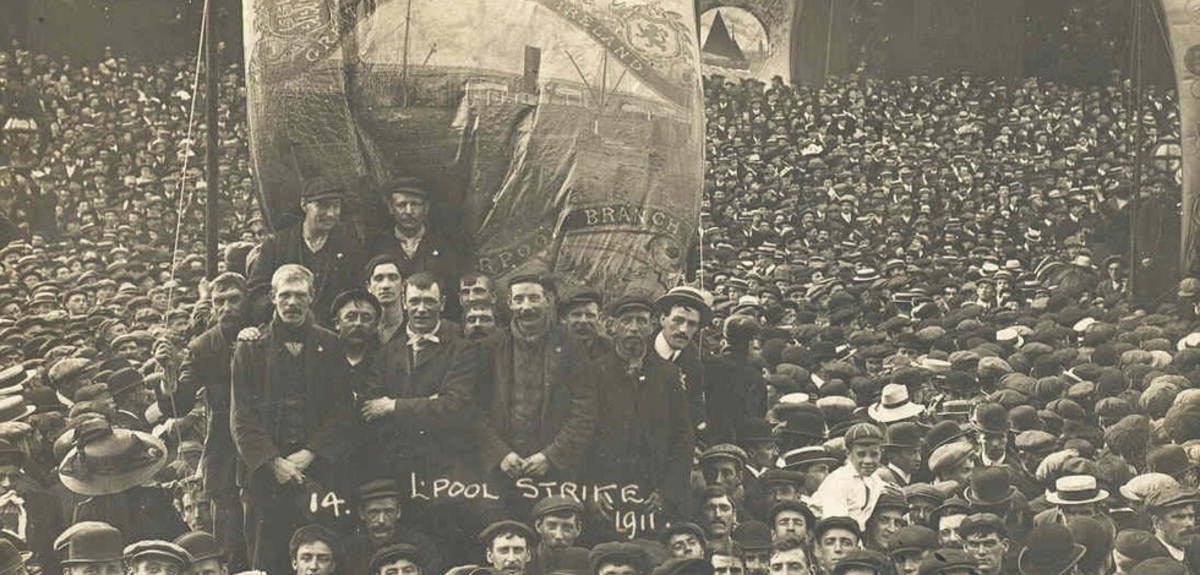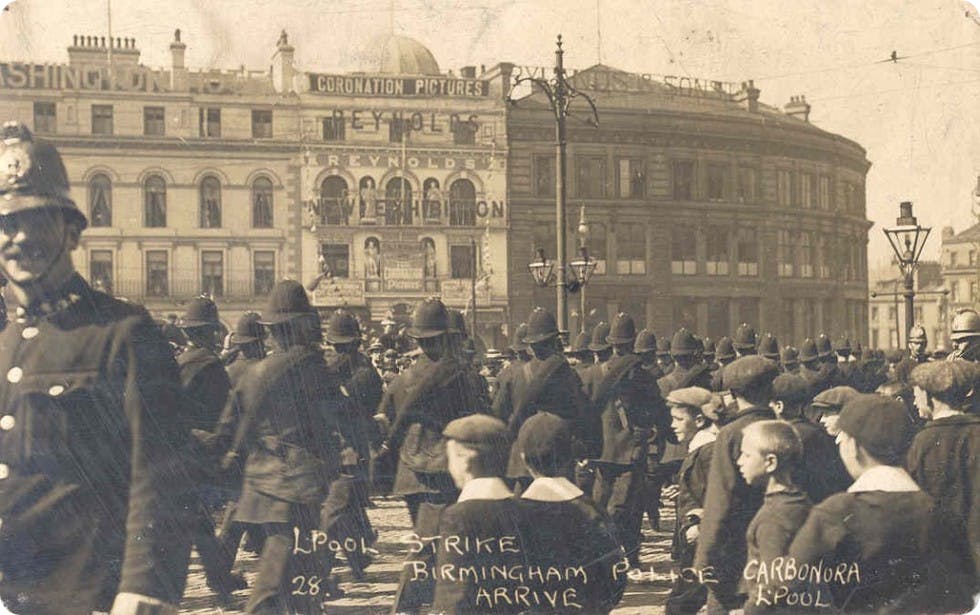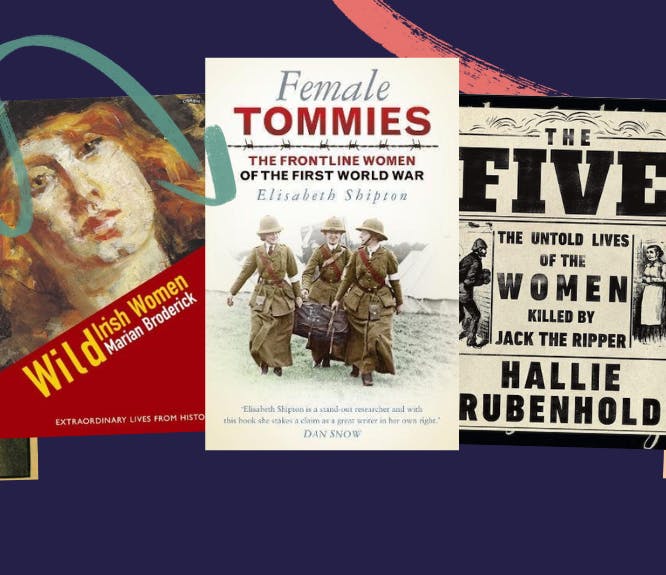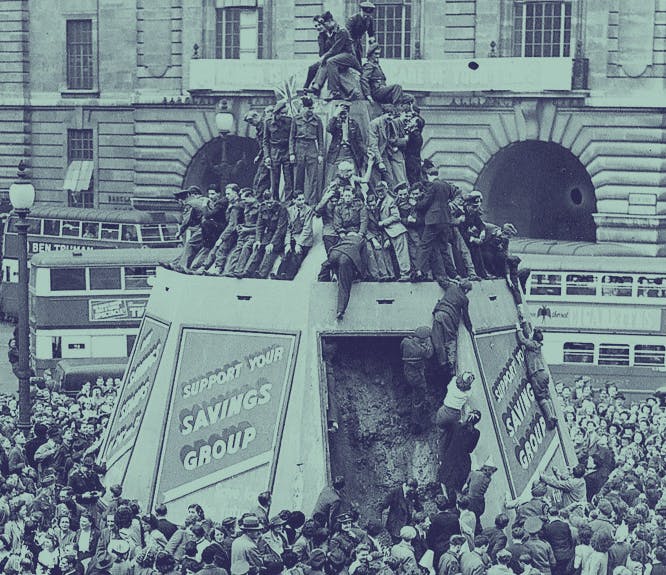Stranded By Strikes? Here's A Quick History To Keep You Occupied
2-3 minute read
By The Findmypast Team | August 6, 2015

Britain's first national rail strike in 1911 was part of the Great Unrest of 1910-1914, which triggered a swell in worker militancy, and the creation of the National Union of Railwaymen.
Wage levels had fallen by 10 per cent in the previous decade while the cost of living rose, and bosses straddled anti-union laws to quash any potential uprising.
On 13th August, a mass meeting of 85,000 people outside Liverpool Lime Street's station was charged by police with bayonets. 350 people were injured during the violence which carried on into the night, and the incident was dubbed Bloody Sunday thereafter.

The Executive Committees of four rail unions (ASRS, GRWU, UPSS and ASLEF) met on the 15th August to make a joint call for a national strike if the railway companies failed to negotiate with them. The government offered rail bosses their support in the form of “every available soldier in the country".
On the 17th August, a strike was declared in the liberty telegram, which declared: “Your liberty is at stake. All railwaymen must strike at once. The loyalty of each means liberty for all."
The two-day strike involved 200,000 of the country's 600,000 railway workers. In South Wales, strikers sang “Little Saucepan" - the Llanelli Rugby club song, as soldiers opened fire on the crowd, killing two workers who'd tagged along as a show of support.
Troops were marched into London and 32 other towns in England and Wales. Winston Churchill, then the Home Secretary, suspended the Army Regulation which required that local authorities needed to request troops before they were sent.
The government offered a Royal Commission on the 18th August to discuss industrial relations, and so union leaders called the strike off.
The report which followed in November failed to meet any of the strikers' demands. The events of the year as a whole however had demonstrated the unprecedented solidarity and power of industrial workers across docks, railways and roads, undermining the divisions which railway companies had relied upon to bridle the workforce. This was the precursor to the formation of the National Union of Railwaymen (NUR) in February 1913, and the Triple Alliance of miners, dockers and railworkers.
The Northampton Mercury printed a roundup of the year on 29th December 1911:
“The movement is forward not backward. There is much in railway strikes and other symptoms of unrest that is uncomfortable, but we had far better have that than the stagnation of an unworthy content with social conditions which nobody can say are satisfactory"
“The ration, no more than the class, cannot step from a bad to a good way of life without a struggle, and where the bad has been very bad there must the struggle be fierce and protracted."
“The wise man is he who, in the welter of it all, can discern the food and the evil and see through the clouds of strife to the fairer way that is coming."

Related articles recommended for you

Preserving the story of your ancestry: our expert guide to writing your family history
Help Hub

6 must-read books for Women's History Month (and beyond)
History Hub

What was it like to be in London on Victory in Europe Day (VE Day) in 1945?
The Findmypast Community

